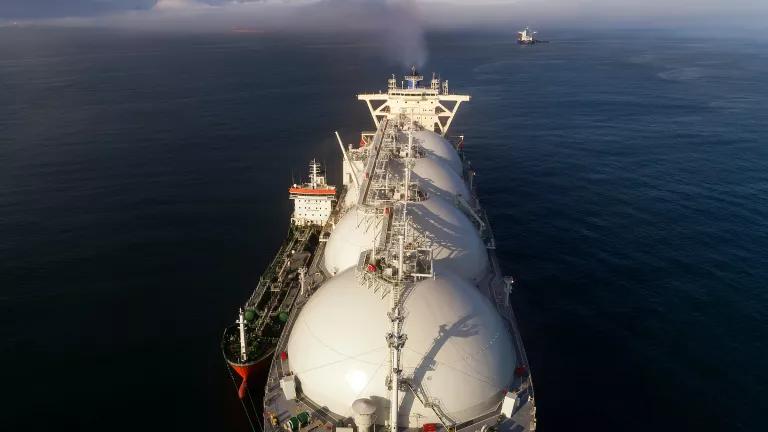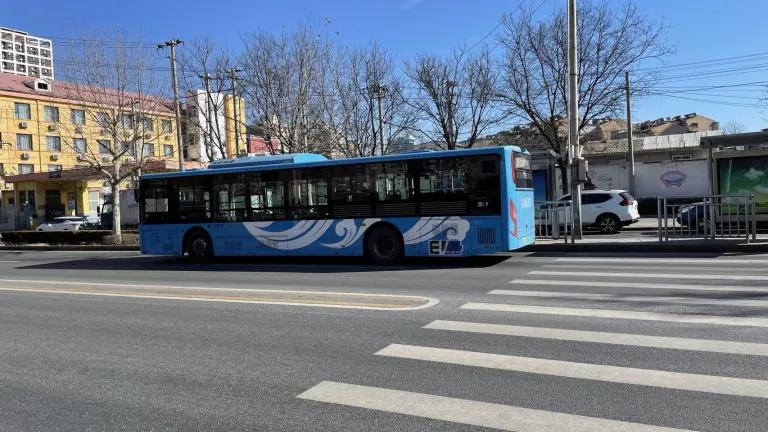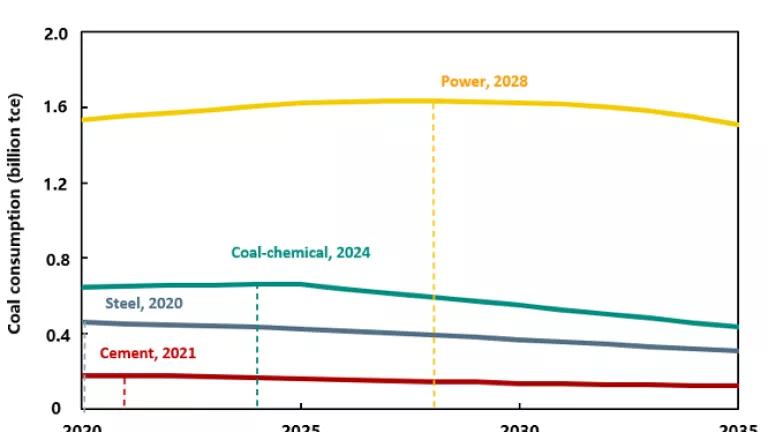China's Twelfth Five Year Plan: Top Chinese Officials Give A Preview of Environmental and Energy Priorities for the Next Five Years
In a number of high-profile statements over the last week, Chinese officials have signaled that environmental protection and climate change will be at the top of the list when China’s top legislative body, the National People’s Congress, and its top advisory body, the Chinese People’s Political Consultative Conference (CPPCC), convene their annual sessions this week to consider the Twelfth Five Year Plan. Premier Wen Jiabao and Minister for Environmental Protection Zhou Shengxian confirmed that protecting the environment is of paramount concern as China attempts to restructure its economy to be less energy-intensive. Chief climate negotiator Xie Zhenhua, in an op-ed on the UN climate talks, also said that low-carbon development will be strategically placed in the next plan.
As I wrote last October when the Communist Party of China (CPC) submitted its proposal to the State Council, the Twelfth Five Year Plan (2011-2015) will include several new features designed to promote sound environmental governance and economic growth:
- Seven new strategic industries. From energy-saving and environment protection technology to new energy and new-energy cars, companies specializing in these fields will have their pick of government incentives to innovate and expand production.
- Binding carbon intensity and energy intensity targets, in the range of 16-17% according to Premier Wen.
- Strengthening of the target responsibility system for energy savings and emissions reductions.
- Carbon markets and environmental tax pilots.
The National Committee of the Chinese People's Political Consultative Conference, the country’s top advisory body, opened on Thursday. Delegates commented on their work on last year’s proposals, and will attend the annual session of the National People’s Congress (NPC), to begin on Saturday. The NPC will conclude in ten days with the formal adoption of the next five year plan.
In an essay published on February 28 on the ministry’s website, Minister for Environmental Protection Zhou Shengxian set out the challenge for China’s rapid development (Chinese): if the economy is to double in size from 2000 levels by 2020 while maintaining the same environmental quality, the external impact of economic activity would have to reduce to a fraction of 2000 levels (one-quarter is the figure he cites). For significant improvement in environmental quality (which Beijing has committed to), the challenge is now to achieve one-tenth the impact.
In addition, the Twelfth and Thirteenth five year plans will have to deal with an array of environmental impacts, from heavy metals in the soil to global warming pollutants in the air. Minister Zhou emphasized the role of improving technology as the key factor in meeting these challenges. In the Eleventh Five Year Plan (2006-2010), for example, SO2 emissions were reduced by over 10%. Two-thirds of this, according to Zhou, was due to technological improvements, while end-treatment and restructuring accounted for only 8% and 26%, respectively.
He also announced the inclusion of risk assessments and mid-to-long term forecasts on air pollution and climate change in the 12th Five-Year Plan. Research will be undertaken on incorporating climate change factors into plan and project environmental impact assessments. By 2015, Minister Zhou called for the creation of a comprehensive climate measuring and warning system. The focus on reducing carbon pollution, he stated, is two-fold: the border-less nature of its effects; and the correlated benefits of saving energy and reducing non-greenhouse gas pollutant emissions.
In addition to supporting “forward-looking” and “strategic” S&T innovations in environmental protection as Minister Zhou laid out, the potential for harvesting low-hanging fruit such as energy efficiency improvements should not be ignored. There is a wealth of experience and technology already available to help China meet its carbon and energy reduction goals.
A day prior, on February 27, in his third annual internet Q&A session, Premier Wen Jiabao gave a stark warning against unrestrained economic development (Chinese): “We can no longer sacrifice the environment for the sake of rapid development and rash construction; these will only lead to production over-capacity, increased pressure on environmental resources and unsustainable economic growth.”
Wen also addressed squarely the perceived negative impact of the energy-saving targets on ordinary citizens. Following Wen’s resolute call last May to meet the 20% energy intensity reduction commitment, several localities imposed rolling black-outs, resulting in power being cut off to households, businesses and even hospitals. Wen called these reactions “deceptions” that call for serious treatment, reminding his viewers that China’s international commitment of a 40-45% reduction in carbon intensity by 2020 would require hard work.
To round it all out, chief climate negotiator Xie Zhenhua in the People’s Daily on March 1, in a piece accurately titled “Cancun Agreements Made Considerable Progress for Climate Change Negotiations,” highlighted China’s critical role (as I blogged about from Cancun): through “arduous and meticulous work” China helped push through agreements on long-term targets and transparency. Vice-Minister Xie also said that the 12th Five-Year Plan “will place climate change and green, low-carbon development at an even more important strategic position, raising countries’ shared confidence in facing climate change.”
This post was co-authored by Michael Davidson, NRDC China Climate Fellow.


